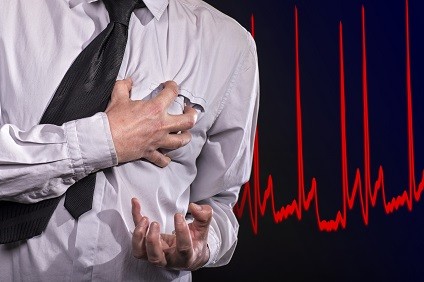In the UK, every hour 9-10 people are experiencing a heart attack. Heart failure UK statistics show that in the UK, about 160 000 individuals die from diseases caused by the circulatory disease [1].
In the USA, perhaps things are even worse. According to the CDC, about 735,000 Americans have a heart attack each year.
Of these, about 525,000 accounts for a first heart attack while 210,000 these events affect individuals who have already experienced one heart attack [2].
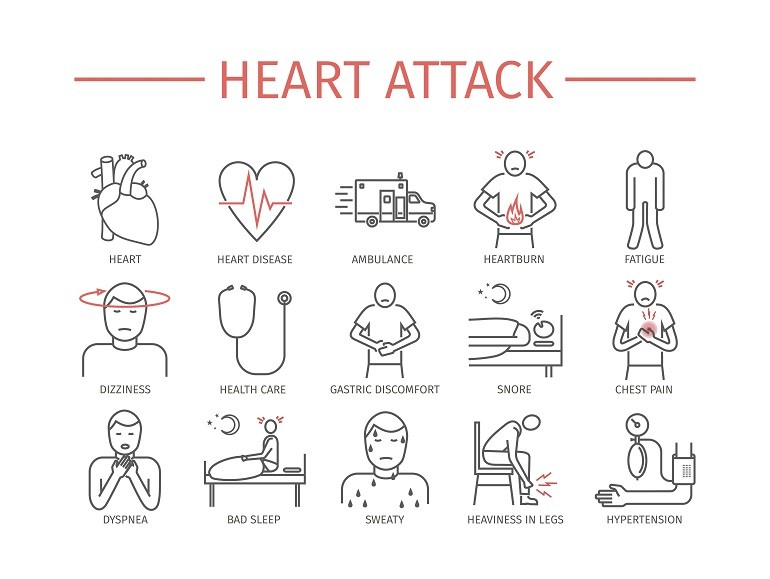
Moreover, 610,000 people in the United States die annually due to heart disease, which is about 1 in 4 deaths.
The situation is not so much different in the UK.
Heart diseases and heart attack are very prevalent across the globe and in the US.
Heart attack comes with a multitude of consequences.
Learning more about these effects helps patients stay on the right track to recovery and avoid future unwanted scenarios.
Heart attack consequences
Heart attack of myocardial infarction occurs when the flow of oxygen-rich blood to a section of heart muscle is blocked and the heart is unable to get much-needed oxygen. In instances when this blood flow is not restored fast, this section of a heart can die.
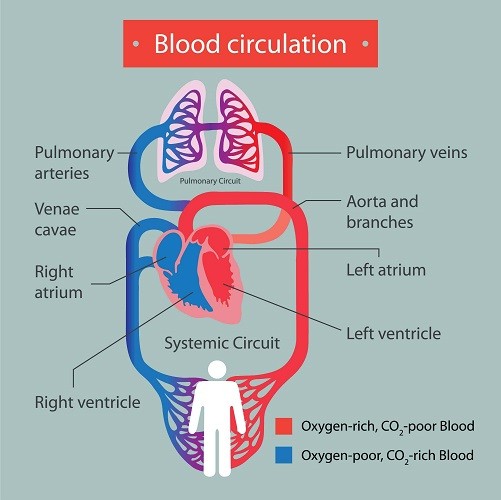
Treatment and quality of life after heart attack depend greatly on the prompt diagnosis or seeking medical assistance when heart attack symptoms occur.
As seen above, a person can have more than one heart attack. To minimize the risk of recurring events it is necessary to be aware of side effects patients experience after suffering a heart attack, some of them are psychological while others physiological.
Depression
Depression is a common, but severe mood disorder indicated by a persistent feeling of sadness, loss of interest in things a person was once passionate about, and a multitude of other symptoms.
Patients who are diagnosed with heart disease or those who survived a heart attack are prone to depression and anxiety.
One study found that heart attack survivors are 3 times more likely to develop depression than the general population.
Between 15% and 20% of heart attack, victims are diagnosed with the major depressive disorder, but it is estimated that the number of those who experience symptoms of depression is much higher.
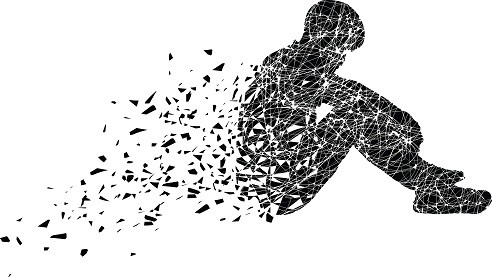
Everyday stressors that people come across on a daily basis contribute to the onset of depression, and heart attack is a major trigger. Not only does depression after heart attack cause emotional distress, but it also increases heart problem symptoms and the risk of experiencing another myocardial infarction event [3].
Although a serious condition, depression is manageable. If you (or someone you know) experience symptoms of depression, it is important to consult a healthcare provider who will help you overcome it.
Managing depression requires support from loved ones, stress management, healthy nutrition for the brain, exercise, and engagement, being aware and working to minimise the impact of negative thinking and trying to think positively.
For heart attack survivors who develop depression, customised nutrition and cardiac rehab exercises in central London or provided at your location can help you improve both physical and emotional health altogether.
Other emotional changes
A heart attack affects person’s emotions, not just heart. Besides depression which is the most severe emotional effect one can experience, heart attack survivors may also deal with the following:
- Numbness – everything seems unreal, particularly if you weren’t in high-risk group prior to heart attack
- Fear of death or another heart attack i.e. fear of not knowing what can happen
- Helplessness – thinking there is nothing you can do to get better or prevent more severe consequences
- Sadness and grief for losing the sense of being healthy and invulnerable
- Guilt due to a number of reasons including for not listening to advice of your loved ones when they told you to pay more attention to your health
- Shame for relying on help of others, primarily right after heart attack
- Shock as you wonder “why me”
Scientists from the UK carried out a study which focused on a heart attack patient who was healthy, active, and low-risk group prior to the event. They discovered periods before, during, and after heart attack induce strong emotions.
A patient experienced unpleasant emotions before, but during a heart attack, the patient experienced a rapid emotional change. Increased anger was coupled with thoughts of needing to survive. During the anger phase, the participant reported a lack of self-awareness [4].
One’s emotional state after a heart attack depends on a number of factors including financial situation, family/career environment, behaviour, educational level [5]. A heart attack does not affect a patient only, but the entire family.
Here are a few tips to tackle emotional changes after heart attack:
- start by getting educated about your condition, use positive self-talk to getting a new reality and perspective – use counselling.

- share your worries and feelings with others, strive to be more active, relax and do things that make you happy
- keep an anger journal and write down when you feel that way, be understanding i.e. put yourself in another person’s shoes, step back from the situation that is making you angry, take a few deep breaths, count to 10
Unfortunately, most of us tend to underestimate the severity of stress, anxiety, depression and other problems caused by these signs including symptoms of heart failure.
Not only they can make the recovery significantly harder, but they can also increase your risk to increase your risk of heart attack. For instance, both stress [6 ] and depression [7 ]pose as major risks for cardiovascular events.
High cholesterol, your enemy
In order to reduce the risk of heart attack and heart failure, it is mandatory to maintain cholesterol levels in a healthy range.
Cholesterol is found in cells in the body, but you also ingest it through food, and it travels through the bloodstream in small packages that are called lipoproteins.
Lipoproteins are made of lipid (fat) on the inside and protein on the outside.
Two types of lipoproteins carry cholesterol throughout your body:
- LDL (low-density lipoproteins) – also known as “bad” cholesterol that increases your risk of cardiovascular events
- HDL (high-density lipoproteins) – also known as “good” cholesterol, it carries cholesterol to your liver, which in turn removes it from your body
Basically, the higher LDL levels are the greater risk of heart attack. Too much cholesterol in your blood starts building up in the walls of your arteries, thus causing atherosclerosis, a type of heart disease.
In turn, your arteries become narrowed and blood flow to the heart is blocked or slowed down.
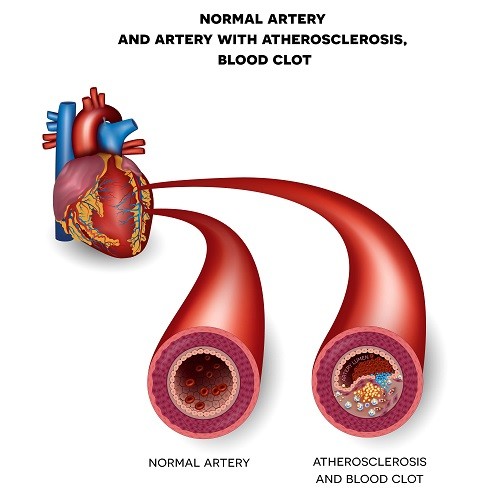
Since blood carries oxygen to your heart you may feel chest pain when this delivery is slowed down.
As mentioned above, if the blood supply to a part of your heart is completely blocked, you experience a heart attack.
A healthy lifestyle characterized by a well-balanced diet and regular physical activity is vital for keeping cholesterol levels in check.
Working with Jazz Alessi, an elite personal trainer and nutritionist is a great way to help your heart muscle to become stronger, stay in shape safe, and to some extent prevent recurring heart attacks, while managing cholesterol levels naturally.
Looking for a heart attack rehabilitation in Canary Wharf at the comfort of your home?
Contact now – Jazz Alessi, here.
You’ll save queuing up, time and hassle by delivering customised exercises, latest nutrition science through our lifestyle centred heart attack rehabilitation services at your location in Greater London.
Don’t forget to keep your doctor updated with any lifestyle changes you make and see him regularly to do blood tests for cholesterol.
Homocysteine and its role in heart attack
Homocysteine is an amino acid found in blood and you get it primarily by eating meat. It is created from another amino acid called methionine which is found in abundance in dairy products, fish, and meat.
High levels of this amino acid are associated with higher risk of heart disease.
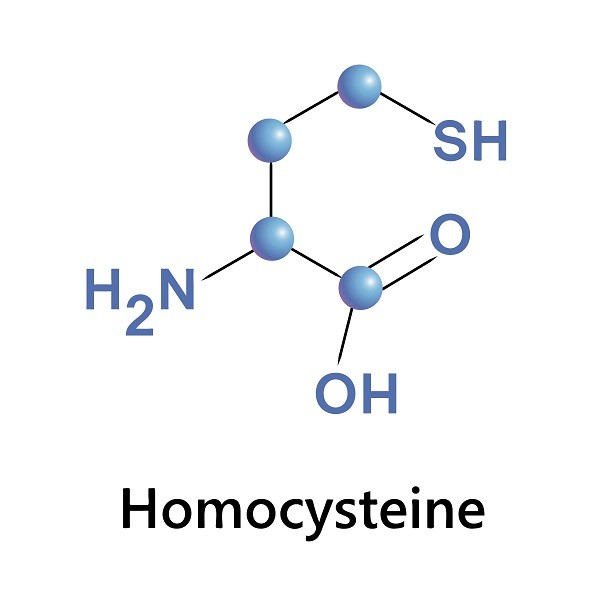
A study which analyzed data from multicenter European case-control study found that homocysteine, LDL and total cholesterol, triglycerides and apolipoprotein B were strongly linked to symptoms of cardiovascular disease [8] and heart failure.
The same study also confirmed that HDL cholesterol actually protected your heart.
Although the link between homocysteine and heart diseases is evident, scientists are still not quite sure about its cause.
Higher homocysteine is thought to be a result, not a cause, of atherosclerosis although a growing body of evidence shows that homocysteine is a risk factor for atherosclerosis [9].
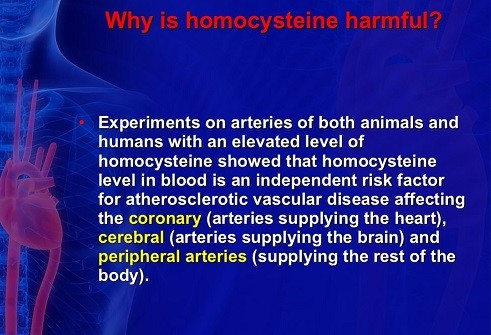
The good news is, you can manage homocysteine levels through diet, the same way you can manage cholesterol through customised nutrition and exercise.
We provide you professional nutrition services, – lifestyle centred at your location with our mobile cardiac rehab program in Hampstead, Baker Street, Swiss Cottage and North London.
Contact Jazz Alessi now here, today.
Sympathetic system and heart attack
Sympathetic nervous system (SNS) is a part of the autonomic nervous system (ANS) and it activates the well-known fight or flight response.
Why is this important?
That’s because SNS also plays a role in a heart attack.
For instance, one study found that SNS has various cardiovascular actions including heart rate acceleration, increase in cardiac contractility (the ability of heart muscle to contract), reduction of venous capacitance (distensibility of blood vessels), and constriction of resistance vessels [10].
Hyperactivity of sympathetic system is closely tied to cardiovascular events including heart failure primarily due to abnormalities in cardiovascular reflexes.
The abnormal activation of this system worsens symptoms of heart failure including heart failure [11] and it is primarily caused by the physical or emotional stressor.
As a result, levels of adrenaline rise significantly thus directing the myocardial cells to break down glucose through aerobic glycolysis (transformation of glucose to lactate due to the limited amount of oxygen).
In turn, the metabolism of the heart is shut down for its most important fuel sources (fatty acids and ketones).
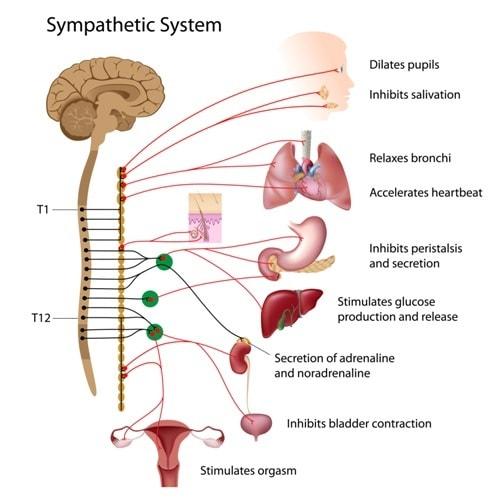
This also explains why heart attack patients experience fatigue.
Overstimulation of sympathetic system is one of major cause of symptoms of a heart attack including heart attack which is why the treatment, in this case, is directed towards inhibition of SNS through exercise and beta-blockers.
Are you living in the borough of Chelsea or Kensington?
Contact Jazz today, here to schedule a meeting and discuss the lifestyle centred cardiac rehabilitation guidelines provided in the comfort of your home.
Fatigue and other effects of heart attack
Since over-activity of SNS can prevent the heart from getting oxygen and, thereby, energy, it comes as no wonder why fatigue is a common occurrence before and after a heart attack.
For instance, scientists from Sweden discovered that fatigue is a problem for patients who suffered from myocardial infarction.
Self-reported fatigue decreased from 4 months to 2 years after a heart attack.
After two years, 30% participants reported fatigue while 18% experienced both fatigue and depression [12].
Other effects of a heart attack include:
- Poor sleep and bad dreams – due to PTSD after heart attack
- Problems with memory, attention [13], concentration, and other cognitive abilities
- Dizziness which occurs due to a reduction of blood flow to the brain
- Palpitations or abnormal heart rhythms, one of the most common warning signs of a heart attack, but they may improve as your heart heals
- Shortness of breath because breathing and heart pumping blood are linked. When your heart is too weak to pump blood adequately, you can experience difficulty in breathing. As your heart is getting stronger, this effect can improve
- Swelling in legs because heart doesn’t work as well which is why blood flow slows and backs up in the veins in legs, thus causing build-up of fluid
Conclusion
A heart failure is common, but a serious medical emergency.
In order to reduce the risk of future heart attacks, it is necessary to communicate often with your medical doctor and to adopt a focused and healthy lifestyle with plenty of costumised exercises and a well-balanced diet.
A healthy lifestyle is the most effective tactic to strengthen the heart and alleviate the common side effects of heart attack.
Now that you understand a bit more how heart attack recovery works, the power of tailored nutrition and customised and structured physical activity…
Contact now Jazz, here and start your journey to a successful heart attack recovery.
References
- Key & Figures, Heart UK
- Heart disease facts, CDC
- Redford B. Williams, Depression after attack, Circulation 2011;123:e639-e640. Doi: 10.1161/circulationaha.110.017285
- Andrew M. Lane, Richard Godfrey, Emotional and cognitive changes during and post a near fatal heart attack and one-year after: a case study. Journal of Sports Science and Medicine 2010, 9, 517-522
- Tselika-Garfe A, Effects of acute myocardial infarction on the patient’s and family’s way of life. Noseleutike, 1992 Jul-Sep;31(141): 190-200
- Ahmed Tawakol, AmorinaIshai, Richard AP Takx et al, Relation between resting amygdalar activity and cardiovascular events: a longitudinal cohort study. The Lancet, 2017 February, Volume 389, No. 10071, p834-845, Doi: 10.1016/S0140-6736(16)31714-7
- Gordon, J. L., Ditto, B., Lavoie, K. L., Pelletier, R., Campbell, T. S., Arsenault, A. and Bacon, S. L. (2011), The effect of major depression on postexercise cardiovascular recovery. Psychophysiology, 48: 1605–1610. doi:10.1111/j.1469-8986.2011.01232.x
- Daly C, Fitzgerald AP, O’Callaghan P et al, Homocysteine increases the risk associated with hyperlipidaemia. The European Journal of Cardiovascular Prevention and Rehabilitation, 2009 Apr, 16(2):150-5. Doi: 10.1097/HJR.0b013e32831e1185.
- Steven R. Lentz, Does homocysteine promote atherosclerosis? Arteriosclerosis, Thrombosis, and Vascular Biology, 2001;21:1385-1386
- Filippos Triposkiadis, George Karayannis, GrigoriosGiamouzis, The sympathetic nervous system in heart failure: Physiology, Pathophysiology, and clinical implications. Journal of the American College of Cardiology. 2009 November, Volume 54, Issue 9. Doi: 10.1016/j.jacc.2009.05.015
- Takuya Kishi, Heart failure as an autonomic nervous system dysfunction, Journal of Cardiology, March 2012, Volume 59, Issue 2, Doi: 10.1016/j.jjcc.2011.12.006
- Alsen P, Brink E, Fatigue after myocardial infarction – a two-year follow-up study. The Journal of Clinical Nursing, 2013 Jun;22(11-12):1647-52. Doi: 10.1111/jocn.12114.
- Gisela Lilja, Niklas Nielsen, Hans Friberg, Cognitive Function in Survivors of Out-of-Hospital Cardiac Arrest After Target Temperature Management at 33°C Versus 36°C. Circulation. 2015;131:1340-1349. Doi: 10.1161/CIRCULATIONAHA.114.014414
Disclaimer: This website and all its content is to be used for information purposes only. This website or any of its content or links to third parties does not diagnose, advise, treat or cure any ailments, illness or disease.
You agree to hold harmless the owner of this site for any action taken on your own without consulting your medical doctor first by using the information on the website for diagnostic, treatment, or any other related purposes. This is not medical advice. If you are suffering from any illness, disease or ailments please contact your doctor first and immediately.



